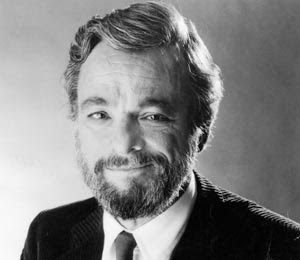The 1927 production of Show Boat, written by Jerome Kern and Oscar Hammerstein II, created the idea of a “book musical”, which incorporates both music and acting when telling the story and combines the two smoothly. In many productions before Show Boat, spoken scenes would be oddly disconnected from the music, giving the musical the feel of a concert as opposed to a vehicle used to tell a story. Show Boat was widely acclaimed for its groundbreaking approach of using the music to create a plot line In The Complete Book of Light Opera, it is remembered as the first “integration of song, humor, and production numbers to into a single and inextricable artistic entity”.
By 1943, the groundbreaking Show Boat had already set the standard of a beautifully combined musical, the music complementing the acting and vice versa. Oklahoma, written by Richard Rodgers and Oscar Hammerstein II, upheld all these standards and more. Because in this innovative new play, the idea of an “underscore” was introduced, taking the idea of combining acting and music to the next level. An underscore is a piece of music which is reminiscent of a musical number or recurring theme which plays underneath a spoken scene, or during a transition. This gives the musical the feel of being extremely smooth and connected, erasing any hint of separation that remained between the music and the acted scenes.
Look at today’s modern Broadway Smashes: Sweeney Todd, The Book of Mormon, American Idiot... all immensely popular on Broadway, all with incredibly controversial subject matter. You can thank the 1950 musical Guys and Dolls for opening that door. Never before had there been quite so much sensitive subject matter on a mainstream Broadway stage. The musical opens with men organizing an illegal gambling ring, works its way into a strip club where one of the low IQ dancers laments her fiancé’s hesitancy to propose, and winds up in a church where the pretty young Catholic girl is seduced and swept away by the ring leader of an underground craps game. Many audiences didn't quite know how to take it, but in the end it was marked down a favorite and remembered as an all-time classic.
There’s really no way to do Stephen Sondheim justice in
describing him. After all, how could you possibly pay tribute to the man who
single handedly created Company, Follies,
A Funny Thing Happened on the Way to the Forum, a Little Night Music, Sweeney
Todd, Sunday in the Park with George, and Into the Woods? Not to mention the genius behind the lyrics to West Side Story and Gypsy. Sondheim brought a new found respect to lyricists and
composers everywhere with his entrancing ability to tell complex, intricate stories
with words and music. Not to mention his ability to create his own worlds that
are constructed and manipulated in a span of three hours for an audience’s
enjoyment. Never before had Broadway or the world been exposed to such
creative, harrowing storytelling. Sondheim personifies the evolution of musical
theater, and just how magnificent the art form has become.





No comments:
Post a Comment